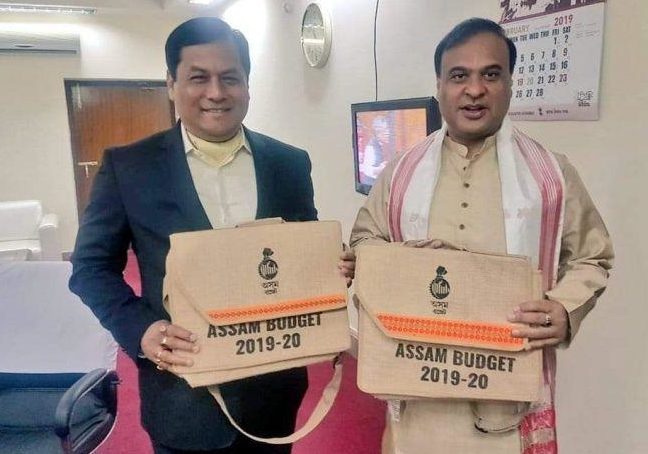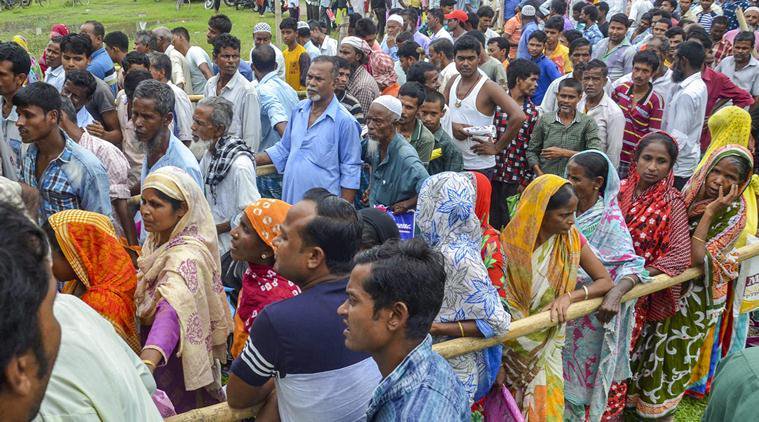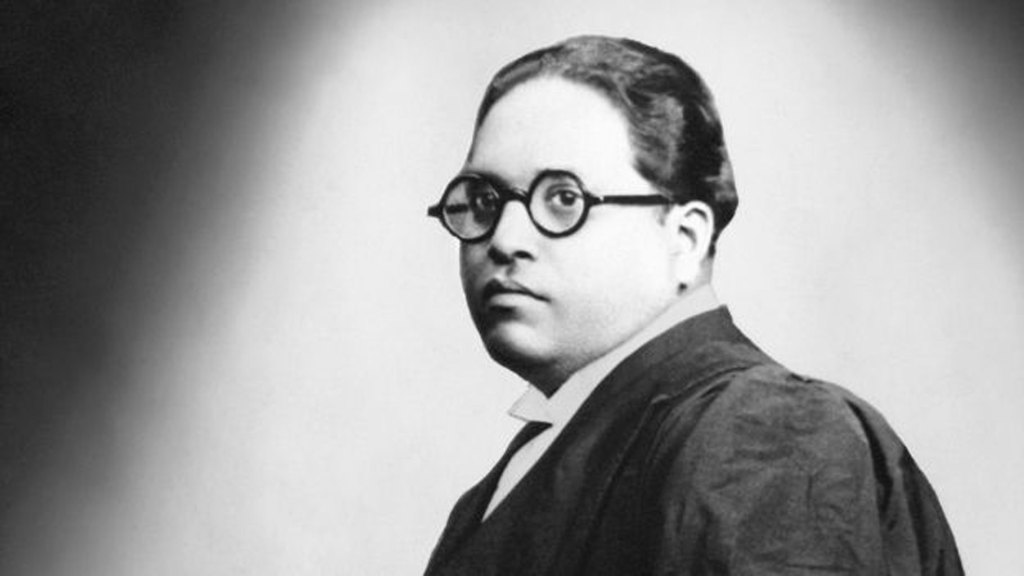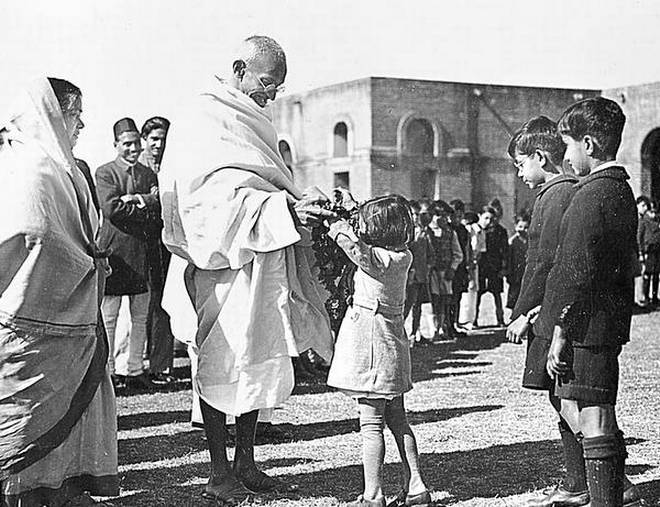In the Arundhati Scheme, the government of Assam aims to provide 1 Tola of gold to brides from all such communities where offering it is mandatory for a marriage to be considered as successful. Is the state normalizing the cult of dowry through this scheme?
Deendyal Singh is a Ph. D Scholar at Tata Institute of Social Science and based in Mumbai.

Yes, you read it correctly. However, you must be thinking how a state government can promote dowry while there are specific IPC sections and the Dowry Prohibition Act available in India? Well recently released Arundhati scheme by Hon’ble Assam Finance Minister (FM) Himanta Biswa on 6th February 2019 as part of state government budget seems to suggest otherwise.
Under the scheme, as Assam Finance Minister said at the state legislative assembly while presenting the budget and also on his official twitter handle, 10 gm Gold (1 Tola) worth around Rs 38000 for Economically Weaker Sections (EWS) Brides (family income not exceeding 5 lakh) will be given at the time of marriage if bride is native of Assam and marriage is registered under Special Marriage (Assam) Rules, 1954.
Well on the face of it this scheme looks perfectly fine, but assumption and claims made by Assam FM to justify the allocation of Rs. 300 crores for the scheme seems to be not based on facts. Let us see the claims made by the Assam Finance Minister and the issues with them.
The first claim is that this scheme is being promoted as a ‘Free’ gold scheme for brides. Well no one can understand the economics of a scheme better than Assam Finance Minister and at a time when no scheme is free in the true sense. Even those brides who will get this gold have to pay it back as part of the tax. Well, you may argue how much a single scheme is going to affect state exchequer. But if we see Assam’s fiscal balance, it does not look good, as it has already increased to 3.2 percent in 2017-18 from 2.4 percent in 2016-17. And Rs. 300 crore is not a small amount which will not have any impact on the state balance sheet.
Other claims made by Assam FM are socio-cultural in nature and seem to promote a stereotypical attitude towards women. During the presentation of the Budget Assam FM said that a customary ritual which has been part of Assamese society for centuries is to gift a set of gold ornaments to one’s daughter as a blessing as she leaves her father’s home to start a new life for herself and her family. Further, he added that he considered it his solemn responsibility to stand with those fathers who cannot afford to gift a set of gold ornaments to their dearest daughters and at some point, of time, have to resort to borrowing and put themselves in a vicious cycle of debt. Well in the above problematic statements he seems to use the politically correct term for Dowry that is ‘Gift’ to the bride. Using the term ‘father’s home’ seems to give a patriarchal representation of the relationship between father and daughter and treating girls or daughter as a burden. As Assam FM claimed that this is first of its kind scheme which aims to reduce the burden from parent’s shoulders.
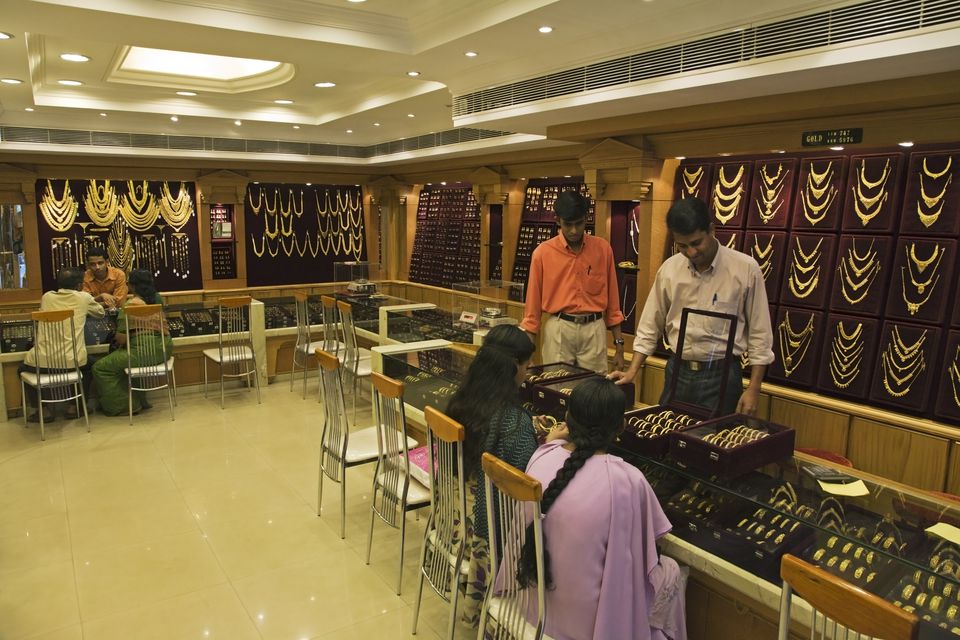
This stereotypical notions about a girl’s marriage can be also observed from one more statement made by Assam FM on his official twitter handle, it reads, “Brides belonging to all such communities of Assam where it is customary to provide gold at the time of wedding, for a Father, there could be no greater joy than to see his daughters happily married with all the happiness that of Arundhati scheme.” The name ‘Arundhati’ as Assam FM said is based on the name of the wife of great sage Basistha and Arundhati is being considered an epitome of chastity and conjugal bliss. Well in these statements it seems there is no greater joy for a ‘father’ other than marrying his daughter and that is with a good amount of dowry or in Assam FM words ‘Gifts’. And the idea of chastity and the conjugal relationship is very problematic and still, these stereotypical notions are being used to control women’s sexuality.
Finally, apart from making these prejudicial and stereotypical statements, Assam FM seems to make a factually incorrect statement in support of his government scheme. He said “While other parts of the country may be plagued with the curse of dowry, in our Assamese society, this voluntary act of assurance from parents that no matter where she is, their support is always with her. This constitutes a part of ‘Stree-dhana’.” Well according to the National Crime Report Bureau (NCRB) Assam had reported the highest rate of crime against women (89.5 percent against the national average of 41.7 percent in 2012.)Also, the NCRB 2014 report says that dowry-related death has consistently increased from 59 in 2001 to 216 in 2016. Maybe Rs. 300 crores could have been allocated for curbing these crimes than releasing a scheme which may indirectly promote more such cases.

